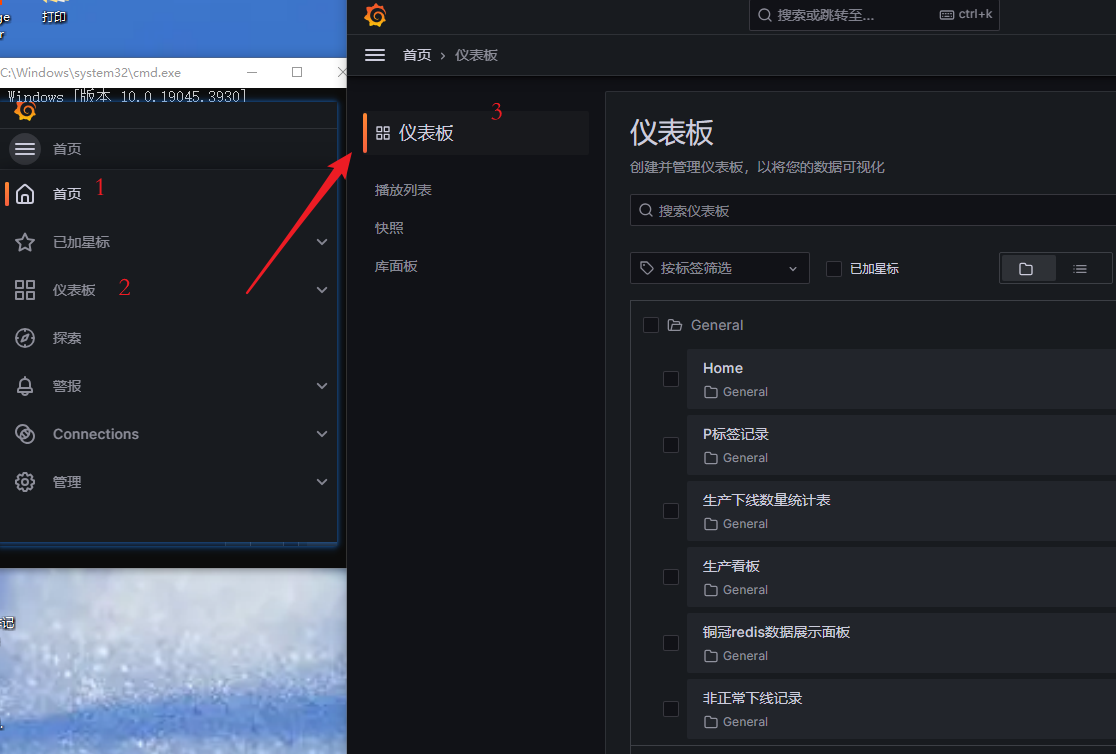fabric-sdk-py使用示例说明
下载地址:https://github.com/hyperledger/fabric-sdk-py参考地址:https://fabric-sdk-py.readthedocs.io/en/latest/tutorial.html首先需要准备好fabric服务器环境和network.json文件,network.json文件示例存放在test/fixtures/路径下。1.1 查询组织、peers、
·
下载地址:https://github.com/hyperledger/fabric-sdk-py
参考地址:https://fabric-sdk-py.readthedocs.io/en/latest/tutorial.html
首先需要准备好fabric服务器环境和network.json文件,network.json文件示例存放在test/fixtures/路径下。
1.1 查询组织、peers、orderers、cas信息
from hfc.fabric import Client
cli = Client(net_profile="test/fixtures/network.json")
print(cli.organizations) # orgs in the network
print(cli.peers) # peers in the network
print(cli.orderers) # orderers in the network
print(cli.CAs) # ca nodes in the network1.2 加载有效凭证
from hfc.fabric import Client
cli = Client(net_profile="test/fixtures/network.json")
org1_admin = cli.get_user(org_name='org1.example.com', name='Admin') # get the admin user from local path1.3 创建通道、将peers节点加入通道
import asyncio
from hfc.fabric import Client
loop = asyncio.get_event_loop()
cli = Client(net_profile="test/fixtures/network.json")
org1_admin = cli.get_user(org_name='org1.example.com', name='Admin')
# Create a New Channel, the response should be true if succeed
response = loop.run_until_complete(cli.channel_create(
orderer='orderer.example.com',
channel_name='businesschannel',
requestor=org1_admin,
config_yaml='test/fixtures/e2e_cli/',
channel_profile='TwoOrgsChannel'
))
print(response == True)
# Join Peers into Channel, the response should be true if succeed
orderer_admin = cli.get_user(org_name='orderer.example.com', name='Admin')
responses = loop.run_until_complete(cli.channel_join(
requestor=org1_admin,
channel_name='businesschannel',
peers=['peer0.org1.example.com',
'peer1.org1.example.com'],
orderer='orderer.example.com'
))
print(len(responses)) # len(responses)是成功加入通道的peers节点的个数
# Join Peers from a different MSP into Channel
org2_admin = cli.get_user(org_name='org2.example.com', name='Admin')
responses = loop.run_until_complete(cli.channel_join(
requestor=org2_admin,
channel_name='businesschannel',
peers=['peer0.org2.example.com',
'peer1.org2.example.com'],
orderer='orderer.example.com'
))
print(len(responses) == 2)
1.4 安装链码、实例化链码
import asyncio
from hfc.fabric import Client
loop = asyncio.get_event_loop()
cli = Client(net_profile="test/fixtures/network.json")
org1_admin = cli.get_user('org1.example.com', 'Admin')
# Make the client know there is a channel in the network
cli.new_channel('businesschannel')
# Install Example Chaincode to Peers
# GOPATH setting is only needed to use the example chaincode inside sdk
import os
gopath_bak = os.environ.get('GOPATH', '')
gopath = os.path.normpath(os.path.join(
os.path.dirname(os.path.realpath('__file__')),
'test/fixtures/chaincode'
))
os.environ['GOPATH'] = os.path.abspath(gopath)
# 安装链码
responses = loop.run_until_complete(cli.chaincode_install(
requestor=org1_admin,
peers=['peer0.org1.example.com',
'peer1.org1.example.com'],
cc_path='github.com/example_cc',
cc_name='example_cc',
cc_version='v1.0'
))
# 实例化链码
response = loop.run_until_complete(cli.chaincode_instantiate(
requestor=org1_admin,
channel_name='businesschannel',
peers=['peer0.org1.example.com'],
args=args,
cc_name='example_cc',
cc_version='v1.0',
cc_endorsement_policy=policy, # optional, but recommended
collections_config=None, # optional, for private data policy
transient_map=None, # optional, for private data
wait_for_event=True # optional, for being sure chaincode is instantiated
))1.5 查询区块链节点信息
import asyncio
from hfc.fabric import Client
loop = asyncio.get_event_loop()
cli = Client(net_profile="test/fixtures/network.json")
org1_admin = cli.get_user('org1.example.com', 'Admin')
# 查看peers节点加入的通道
response = loop.run_until_complete(cli.query_channels(
requestor=org1_admin,
peers=['peer0.org1.example.com'],
decode=True
))
# 查看peers节点安装的链码
response = loop.run_until_complete(cli.query_installed_chaincodes(
requestor=org1_admin,
peers=['peer0.org1.example.com'],
decode=True
))
# 查看peers节点实例化的链码
response = loop.run_until_complete(cli.query_instantiated_chaincodes(
requestor=org1_admin,
channel_name='businesschannel',
peers=['peer0.org1.example.com'],
decode=True
))1.6 查询区块信息
import asyncio
from hfc.fabric import Client
loop = asyncio.get_event_loop()
cli = Client(net_profile="test/fixtures/network.json")
org1_admin = cli.get_user('org1.example.com', 'Admin')
# Make the client know there is a channel in the network
cli.new_channel('businesschannel')
# 查询最新区块信息,返回区块高度、哈希值、上一区块哈希值
response = loop.run_until_complete(cli.query_info(
requestor=org1_admin,
channel_name=channel_name,
peers=['peer0.org1.example.com'],
decode=True
))
# 根据区块哈希值查询
response = loop.run_until_complete(cli.query_block_by_hash(
requestor=org1_admin,
channel_name=channel_name,
peers=['peer0.org1.example.com'],
block_hash=hash,
decode=True
))
# 根据区块高度查询
response = loop.run_until_complete(cli.query_block(
requestor=org1_admin,
channel_name=channel_name,
peers=['peer0.org1.example.com'],
block_number=height,
decode=True
))
# 根据区块链key查找
args = [key]
response = loop.run_until_complete(cli.chaincode_query(
requestor=org1_admin,
channel_name=channel_name,
peers=['peer0.org1.example.com'],
args=args,
cc_name=chaincode_name))1.7 调用链码
import asyncio
from hfc.fabric import Client
loop = asyncio.get_event_loop()
cli = Client(net_profile="test/fixtures/network.json")
org1_admin = cli.get_user('org1.example.com', 'Admin')
# Make the client know there is a channel in the network
cli.new_channel('businesschannel')
args = ['a', 'b', '100'] # 这里改成你需要传进去的参数
response = loop.run_until_complete(cli.chaincode_invoke(
requestor=org1_admin,
channel_name=channel_name,
peers=['peer0.org1.example.com'],
args=list,
cc_name=chaincode_name,
fcn='query' # 这里改为你链码中的函数名称
))
更多推荐
 已为社区贡献1条内容
已为社区贡献1条内容








所有评论(0)